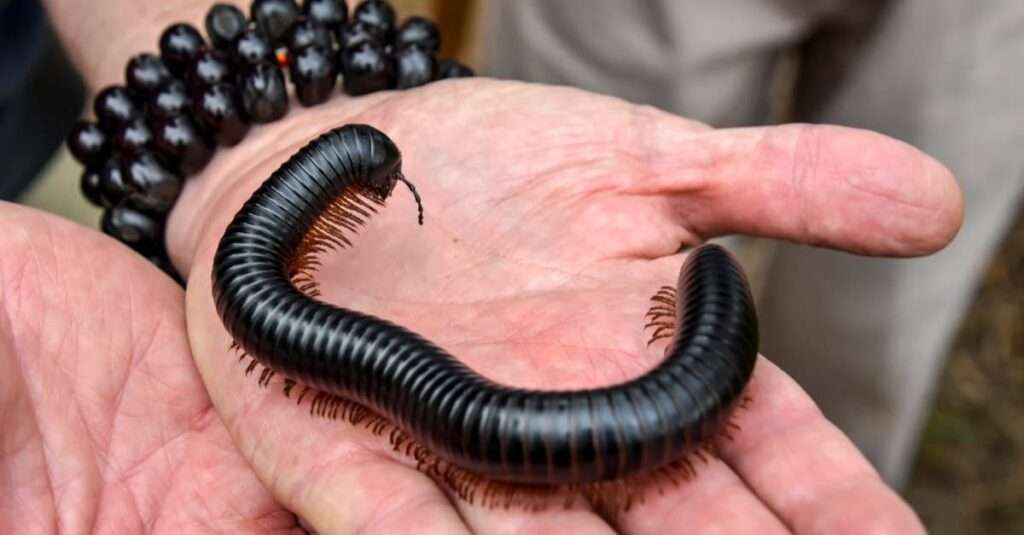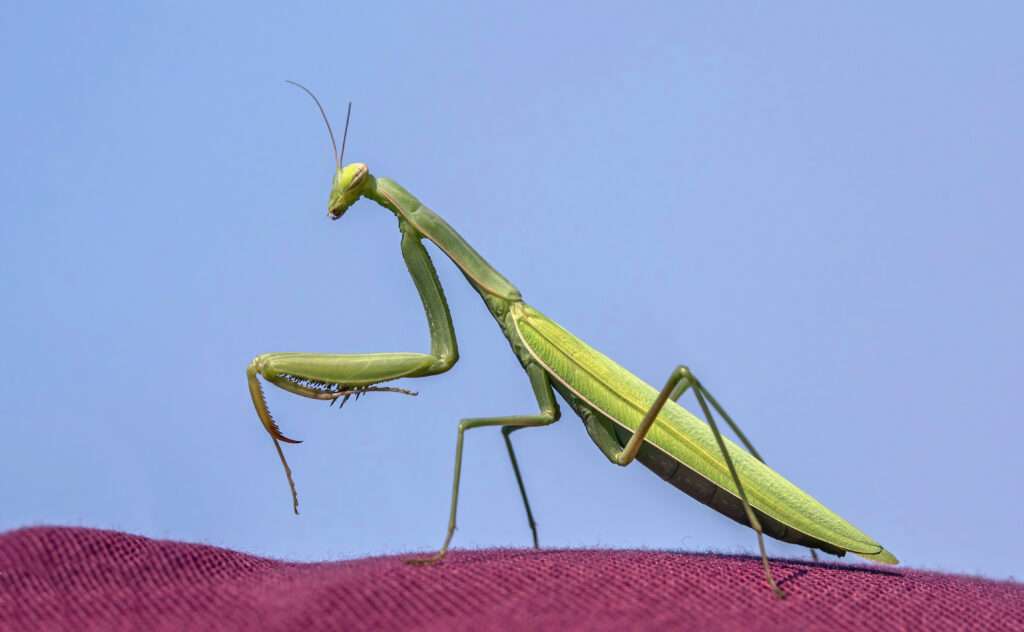
A common family of tiny beetles, Coccinellidae ranges in size from 0.8 to 18 mm (0.03–0.7 in). In North America and Great Britain, they are referred to as ladybugs and ladybirds, respectively. Since they are not really bugs, some entomologists prefer to refer to them as lady beetles or ladybird beetles. Numerous creatures have aposematic markings and colors that alert potential predators to their aversion. Examples include red with black patches.
Because many of the more than 6000 identified species feed on agricultural pest herbivorous hemipterans like aphids and scale insects, these insects are typically regarded as beneficial. Some species, like the herbivorous Mexican bean beetle, are a problem in agriculture.
Morphology
The majority of coccinellids have six short legs and a body shape ranging from elliptical to spherical. They frequently have brightly colored wing covers that are yellow, orange, or red with little black patches, as well as black legs, heads, and antennae. These color patterns do, however, differ greatly. For instance, a small number of species, such the twelve-spotted Vibidia duodecimguttata, have whitish spots on a dark background. Worldwide, there are about 6,000 species of coccinellids.

Life Cycle
Ladybird predators are typically located on plants that host their prey. To improve the likelihood that the larvae will locate food quickly. Their eggs laid down close to prey. In Harmonia axyridis, eggs from clutches of a few to several hundred hatch in three to four days. The larvae go through four instars over a period of 10 to 14 days, depending on the availability of resources, and then pupate. The adults are able to procreate later after a teneral period of several days, though they may become reproductively inactive if they emerge too late in the season. The usual lifespan is between one and two years.
Feeding
Although different Coccinellidae may attack a variety of prey species, Sternorrhyncha that are the primary prey of coccinellids. Non-Sternorrhyncha are predated by the Stethorus genus of tiny black ladybirds, which specializes in eating Tetranychus spider mites as prey. Therefore, Stethorus species play a significant role in biological management of numerous fruit crops.
Formerly thought to be exclusively carnivorous, the Coccinellidae are actually much more omnivorous than previously believed. Specialists frequently reveal pollen and other plant materials appearing in the gut contents of predators by an examination. The majority of predatory coccinellids consume additional foods such as plant sap, honeydew, nectar, pollen and fungus.
Habitat
These little insects can be discovered in a variety of settings. Depending on the species, the environment preference is frequently a reflection of the location of their preferred prey. They can be found in wetlands, meadows, urban parks, woodlands, and more. Ladybugs are more common in warmer climates than other cosmopolitan (widespread) animals.
Steps to Take Care this Pet
Step 1: They won’t have to travel far to find food if their home is smaller. Before catching too many ladybugs at once, do a little planning.
Step 2: Add a cover with a number of tiny air holes to the container.
Step 3: Insert a leaf inside the container so the ladybug has something to hold onto. Add a paper towel that has been dampened to the ladybug’s new habitat. After it dries out, replace the towel. Ladybugs want wetness, and the water in the paper towels helps them to stay hydrated.
Step 4: Release the ladybug outside in the spring so it can find a cozy place to spend the upcoming winter. From winter through spring, ladybugs hibernate.
Species Number
Around 5,000 different species of ladybugs can be found worldwide. They are also known as lady beetles or ladybird beetles, and they are adored by many people. Although they appear in a variety of hues and patterns, the seven-spotted ladybug, with its shiny, red and black body, is the most well-known in North America.
Table





